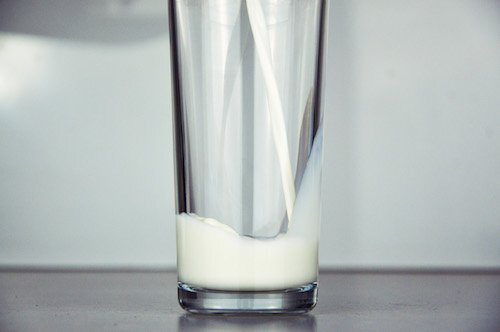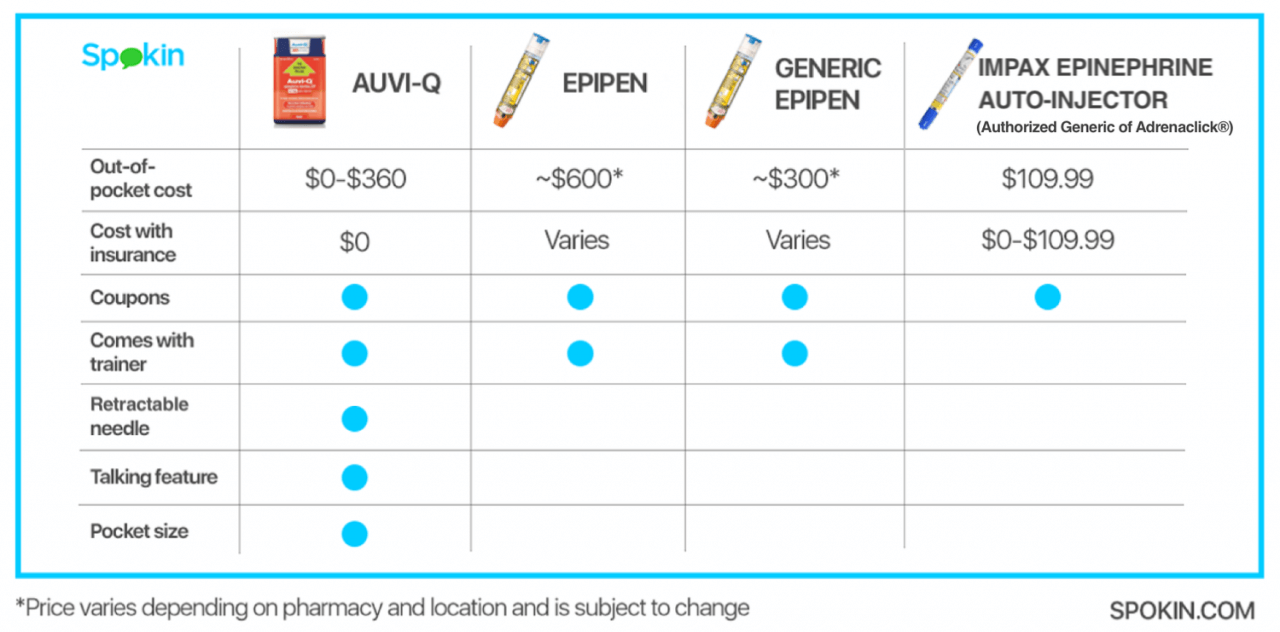When are milk allergies discovered?
While a milk allergy can be diagnosed at any age, it is much more common in infants and young children within the first year of life. Between 60-80% of children will typically outgrow their milk allergy by age 16, but it can be a issue for some into adulthood. It is possible to develop a milk allergy as an adult, but it is much less common than for children.
How to avoid milk
The best way to avoid an allergic reaction is to not consume milk in any trace amounts. Because milk is listed as one of the top 8 allergens, the federal government requires that all packaged food products clearly list them as an ingredient. Learn how to read a food label for milk ingredients before consuming packaged food, and be sure to always check for precautionary “may contain” statements that warn of cross-contamination that potentially occurred during the manufacturing process with shared lines or facilities.
In situations where labels and ingredients lists are not available — eating out, school events or at a family or friend’s house — always ask if there is milk in the food and be clear about the severity of the allergy.
Knowing all of the names under which milk can be listed is important in avoiding the allergen, particularly whey protein. For formula-fed babies, opt for a casein-hydrolysate formula recommended by your allergist. It is common for young children with food allergies to extend drinking the formula later into childhood to supplement nutrients.
Milk can often be found in:
- Artificial sweetener
- Bread
- Baked goods
- Breath mints
- Soy products
- Chocolate
- Caramel
- Baby formula
- Candy
- Margarine
- Canned tuna
- Custard/pudding
- Liqueurs
- Soups
- Spice mixes
- Whipped topping (even non-dairy)
- Hot dogs
- Potato chips
- Tomato sauces
- Fish sticks
- Chicken nuggets
- Cookies
- Crackers
- Fried food
- Eggnog
- Lunch meats
- Sherbet
- Nougat
- Soy or rice cheese
- Instant mashed potatoes
Foods to avoid
- Butter
- Milk
- Cheese
- Yogurt
- Buttermilk
- Cottage cheese
- Cream
- Sour cream
- Curds
Non-food products that could have milk:
- Medications
- Vitamins
- Beauty products and cosmetics
- Latex items (gloves, condoms)
- Dog food
Alternative names for milk:
- Casein
- Caseinates
- Diacetyl
- Ghee
- Hydrolysates: casein, whey protein, milk protein
- Lactalbumin, lactalbumin phosphate
- Llactoferrin
- Lactose
- Lactulose
- Recaldent
- Rennet Casein
- Tagatose
- Whey and whey protein
Milk substitutes:
- Soy milk
- Nut milk (almond, cashew)
- Coconut milk
Discover more!
Learn how to order in a restaurant with a milk allergy
Browse milk-free recipes







